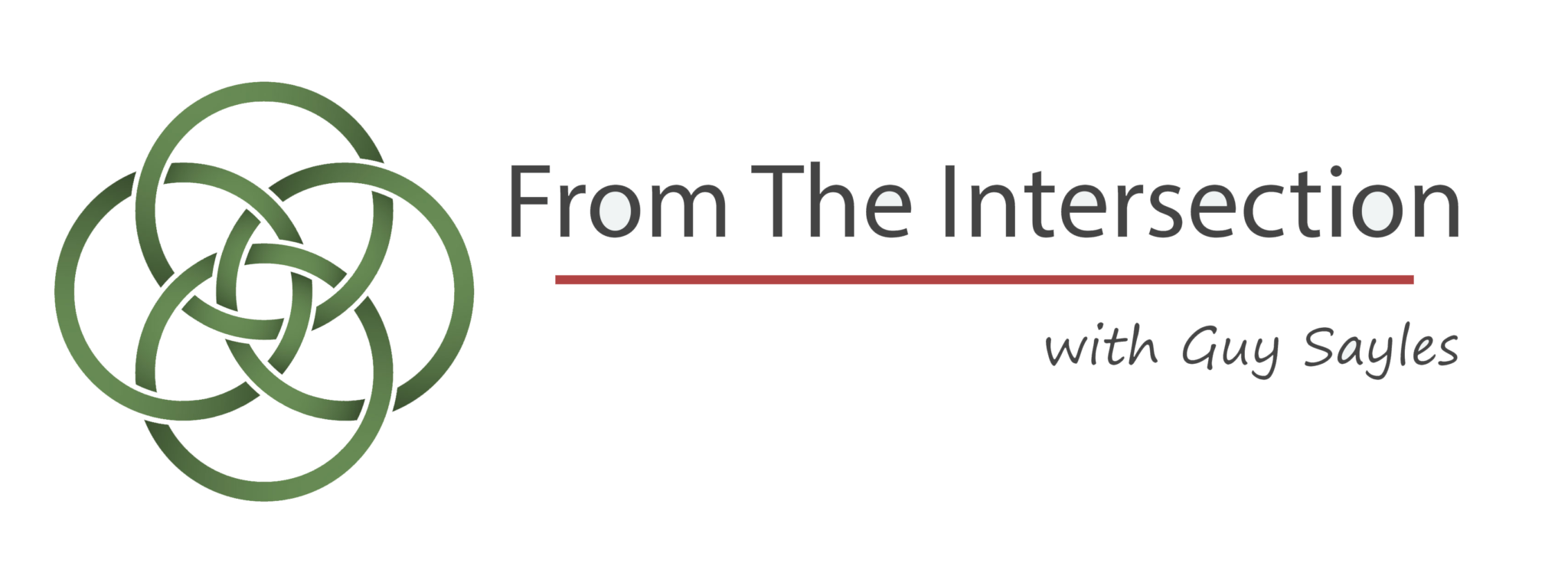
I heard Jesus’ Parable of the Good Samaritan (Luke 10:25-37) for the first time when I was six years old, during summer Vacation Bible School at First Baptist Church of Conley, GA. My teacher illustrated the story with flannel-graph figures of the priest, the Levite, the Samaritan, the robbers, the wounded man, the Samaritan’s animal, and an innkeeper (It’s interesting to me that Luke has two implied innkeepers, one in the Good Samaritan story and one in the story of Jesus birth).
In a stuffy upstairs room, with small windows opened to catch a steamy breeze, I sat on a wooden chair, and learned that, sometimes, religious people are too busy to help their neighbors, that Jesus doesn’t want us to avoid hurting people, and that we should that should go out of our way to help them.
The “sleeper” truth that I heard on that hot and humid summer day was that everyone was my neighbor, not just my friends, their parents, and the other folks who lived on Azalea Drive. I doubt—but, who knows?—that my Bible School teacher intended to plant a radical idea in my mind and heart.
After all, Dr. Martin Luther King, Jr, his wife, Coretta, and their children lived not so far away in another part of Atlanta. I wonder how she would have answered if I’d known enough to ask whether or not they were my neighbors and, if they were, how we were supposed to love them? Or would everyone include Nikita Khrushchev, who was, at the time, the leader of the Soviet Union? What about my grandmother’s loony cousin in West Virginia?
Here’s what I do know: during Vacation Bible School I “caught” an idea that has been stretching me ever since: everyone includes everyone and all means all.
There were other things I didn’t know about Jesus ‘s story. For instance, the stretch of the Jericho Road on which Jesus had his parable unfold was notoriously dangerous. I’ve wondered if, outside the story– “in real life”—there were any efforts to make the road safer?
Jesus’ parable draws some of its power from the common knowledge—then and now—that religious institutions can turn-out people who feel themselves close to God but keep their distance from the wounded and the marginalized whom God loves.
The shock value of the Samaritan’s being the hero of the story depends on some understanding of the history of enmity between Jerusalem and Samaria. Jews of the first century C. E. would have had a hard time saying, “Samaritan Lives Matter.”
For Jesus’ parable to have its full impact, those of us who hear it need some knowledge of the historical, social, religious, political, and economic realities that shaped his time.
As with hearing the parable, so with loving our neighbors wisely and well: we need to be as aware of the experiences, systems, structures, powers, and influences that affect their lives.
I’ve been learning, painfully but gratefully, that I’ve been ignorant, sometimes willfully so, of how structural racism and systemic white supremacy demean, diminish, and delimit the lives of people of color, especially African-Americans. I can’t, with integrity, claim to love them if I’m unwilling to insist on, and participate in, dismantling that embedded racism and in subverting white supremacy culture.
To refuse to do this work of repentance is to fail to love my neighbors. The kind of repentance I have in mind isn’t simply my feeling badly about what has happened but demanding substantive changes in how our cultural, economic, and social structures function, including changes that require me to surrender a good deal of my comfort and privilege. For me, although these actions have political implications and consequences, they are not primarily or initially political: they are the works of love—ways of responding to people beaten and left in a ditch and of being sure that the road is safe for future travelers.
Another way to practice neighbor-love is to nurture neighborhoods in which my neighbors and I may flourish. In our time, a healthy and humane neighborhood would be welcoming and safe for diverse populations to live in community with one another. There would be a focus on homeownership and the building of economic independence (which means de facto redlining and persistent under-banking of some populations would end). There would be jobs that paid living wages. There would be good schools with supported and strategic opportunities for students of all races and socio-economic backgrounds to achieve their full potential. There would be community services—social workers, health specialists, and (reformed and reimagined) law enforcement personnel—who proactively and relationally help residents to solve problems and access assistance. Neighborhood decisions would be made largely by the neighbors and their representatives and not by people who know little of the needs, hopes, texture and culture of the people who live there. There would be safe and attractive common areas for recreation and relationship-building. Fresh, affordable, and sustainable food would be accessible. Public transportation and quality childcare (open for the children of people whose jobs require them to work other than weekday/“daytime” hours) would be reliably available. There’s so much more, but these are some qualities of neighborhoods in which beloved neighbors can thrive.
And, to love my neighbors, I have to do the work of learning to love them. For me, that means reading, studying, participating in training experiences, and having conversations which open my eyes and heart to the longstanding structural inequities and injustices which have oppressed and depressed people whom I called to love. Many of those structural inequities and injustices have benefited and do benefit me. How might that inequity and injustice be repaired (yes, I think the reparation question, however you frame it, is a love and justice question)?
When I was six, I had the impression that loving my neighbor mostly meant being nice and going out of my way to be helpful.
I’m sixty-three now, and I’m learning that loving my neighbors—all of them—means caring about their neighborhoods. And, it means recognizing that there’s really only one neighborhood.
Discover more from From The Intersection
Subscribe to get the latest posts sent to your email.


Recent Comments